Eighth Grade Suggested Reading List
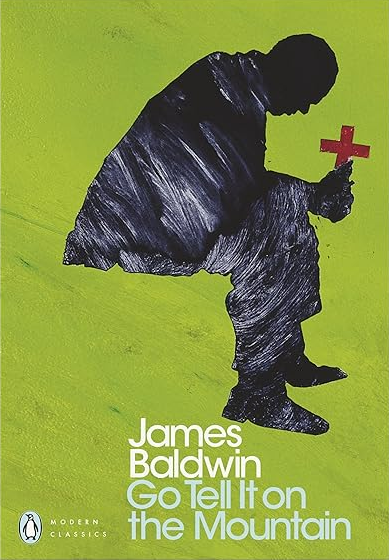
By James Baldwin
Baldwin's classic novel opened new possibilities in the American language and in the way Americans understand themselves. With lyrical precision, psychological directness, resonating symbolic power, and a rage that is at once unrelenting and compassionate, Baldwin tells the story of the stepson of the minister of a storefront Pentecostal church in Harlem one Saturday in March of 1935. Originally published in 1953, Baldwin said of his first novel, "Mountain is the book I had to write if I was ever going to write anything else."
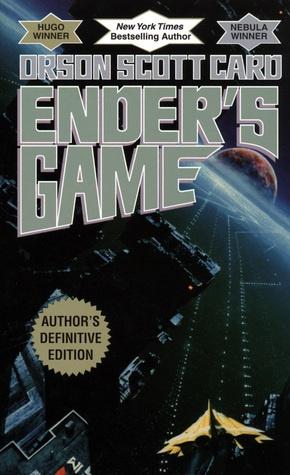
By Orson Scott Card
Andrew "Ender" Wiggin thinks he is playing computer simulated war games; he is, in fact, engaged in something far more desperate. The result of genetic experimentation, Ender may be the military genius Earth desperately needs in a war against an alien enemy seeking to destroy all human life. The only way to find out is to throw Ender into ever harsher training, to chip away and find the diamond inside, or destroy him utterly. Ender Wiggin is six years old when it begins. He will grow up fast.But Ender is not the only result of the experiment. The war with the Buggers has been raging for a hundred years, and the quest for the perfect general has been underway almost as long. Ender's two older siblings, Peter and Valentine, are every bit as unusual as he is, but in very different ways. While Peter was too uncontrollably violent, Valentine very nearly lacks the capability for violence altogether. Neither was found suitable for the military's purpose. But they are driven by their jealousy of Ender, and by their inbred drive for power. Peter seeks to control the political process, to become a ruler. Valentine's abilities turn more toward the subtle control of the beliefs of commoner and elite alike, through powerfully convincing essays. Hiding their youth and identities behind the anonymity of the computer networks, these two begin working together to shape the destiny of Earth-an Earth that has no future at all if their brother Ender fails.
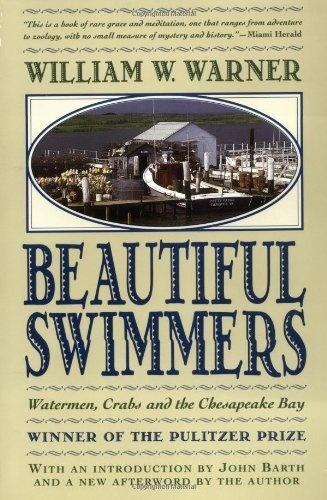
By William Warner
William Warner exhibits his skill as a naturalist and as a writer in this Pulitzer Prize-winning study of the pugnacious Atlantic blue crab and of its Chesapeake Bay territory. Penguin Nature Library.
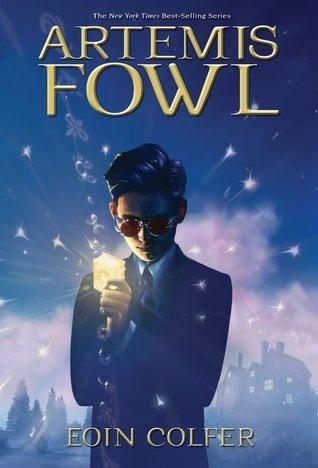
By Eoin Colfer
Twelve-year-old Artemis Fowl is a millionaire, a genuis, and, above all, a criminal mastermind. But even Artemis doesn't know what he's taken on when he kidnaps a fairy, Captain Holly Short of the LEPrecon Unit. These aren't the fairies of bedtime stories, they're dangerous! Full of unexpected twists and turns, Artemis Fowl is a riveting, magical adventure.
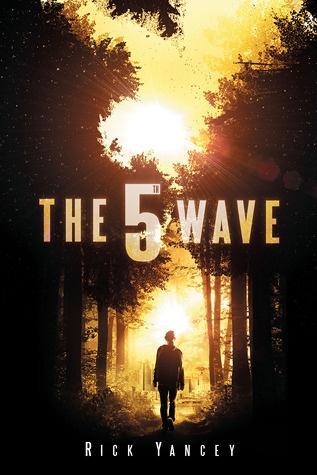
by Rick Yancey
After the first wave, only darkness remains. After the second, only the lucky escape. And after the third, only the unlucky survive. After the fourth wave, only one rule applies: Trust no one.Now, it's the dawn of the fifth wave, and on a lonely stretch of highway, Cassie runs from Them. The beings who only look human, who roam the countryside killing anyone they see. Who have scattered Earth's last survivors. To stay alone is to stay alive, Cassie believes, until she meets Evan Walker.Beguiling and mysterious, Evan Walker may be Cassie's only hope for rescuing her brother - or even saving herself. But Cassie must choose: between trust and despair, between defiance and surrender, between life and death. To give up or to get up.
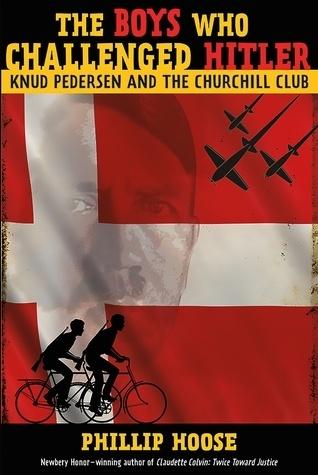
By Phillip Hoose
At the outset of World War II, Denmark did not resist German occupation. Deeply ashamed of his nation's leaders, fifteen-year-old Knud Pedersen resolved with his brother and a handful of schoolmates to take action against the Nazis if the adults would not. Naming their secret club after the fiery British leader, the young patriots in the Churchill Club committed countless acts of sabotage, infuriating the Germans, who eventually had the boys tracked down and arrested. But their efforts were not in vain: the boys' exploits and eventual imprisonment helped spark a full-blown Danish resistance. Interweaving his own narrative with the recollections of Knud himself, The Boys Who Challenged Hitler is National Book Award winner Phillip Hoose's inspiring story of these young war heroes.
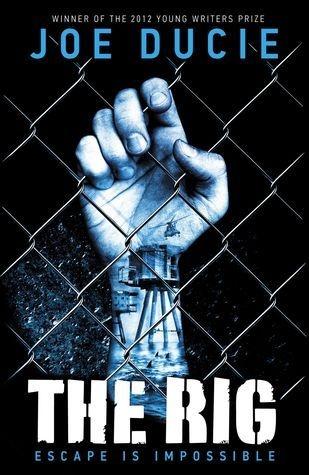
By Joe Ducie
Fifteen-year-old Will Drake has made a career of breaking out from high-security prisons. His talents have landed him at the Rig, a special juvenile holding facility in the middle of the Arctic Ocean. No one can escape from the Rig. After hatching some escape plans—and making the first real friends of his life—Drake quickly realizes that all is not as it seems on the Rig. The warden is obsessed with the mysterious Crystal-X, a blue glowing substance that appears to give superpowers to the teens exposed to it. Drake, Tristan, and Irene are banking on a bid for freedom—but can they survive long enough to make it?
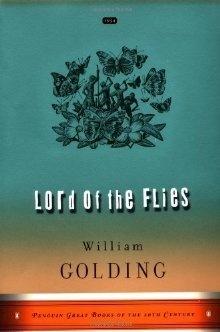
By William Golding
Get ready for an adventure tale in its purest form, a thrilling and elegantly told account of a group of British schoolboys marooned on a tropical island. Alone in a world of uncharted possibilities, devoid of adult supervision or rules, the boys begin to forge their own society, their own rules, their own rituals. With this seemingly romantic premise, and through the seemingly innocent acts of children, Golding exposes the duality of human nature itself: the dark, eternal divide between order and chaos, intellect and instinct, structure and savagery.
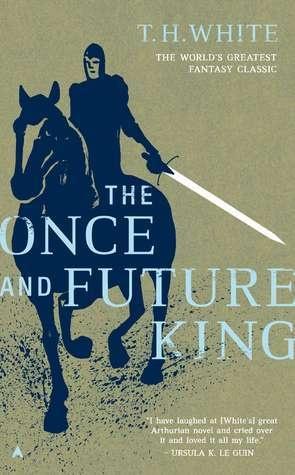
By T.H. White
Merlyn instructs the Wart (Arthur) and his brother, Sir Kay, in the ways of the world. One of them will need it: the king has died, leaving no heir, and a rightful one must be found by pulling a sword from an anvil resting on a stone. In the second and third parts of the novel, Arthur has become king and the kingdom is threatened from the north. In the final two books, the ageing king faces his greatest challenge, when his own son threatens to overthrow him. In "The Book of Merlyn", Arthur's tutor Merlyn reappears and teaches him that, even in the face of apparent ruin, there is hope.
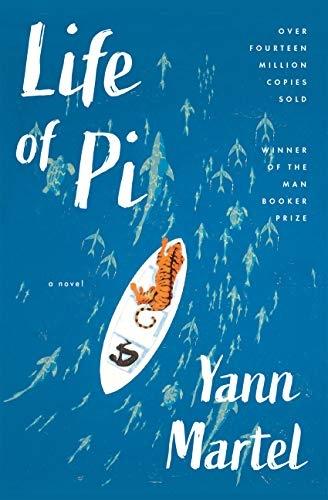
By Yann Martel
Pi Patel is an unusual boy. The son of a zookeeper, he has an encyclopedic knowledge of animal behavior and a fervent love of stories and practices not only his native Hinduism but also Christianity and Islam. When Pi is 16, his family emigrates from India to North America aboard a Japanese cargo ship along with their zoo animals bound for new homes. The ship sinks. Pi finds himself alone in a lifeboat, his only companions a hyena, an orangutan, a wounded zebra, and Richard Parker, a 450 pound Bengal tiger. Soon the tiger has dispatched all but Pi, whose fear, knowledge, and cunning allow him to coexist with Richard Parker for 227 days lost at sea. When they finally reach the coast of Mexico, Richard Parker flees to the jungle, never to be seen again. The Japanese authorities who interrogate Pi refuse to believe his story and press him to tell them "the truth". After hours of coercion, Pi tells a second story, a story much less fantastical, much more conventional - but is it more true?Life of Pi is at once a realistic, rousing adventure and a meta-tale of survival that explores the redemptive power of storytelling and the transformative nature of fiction. It's a story, as one character puts it, to make you believe in God.
